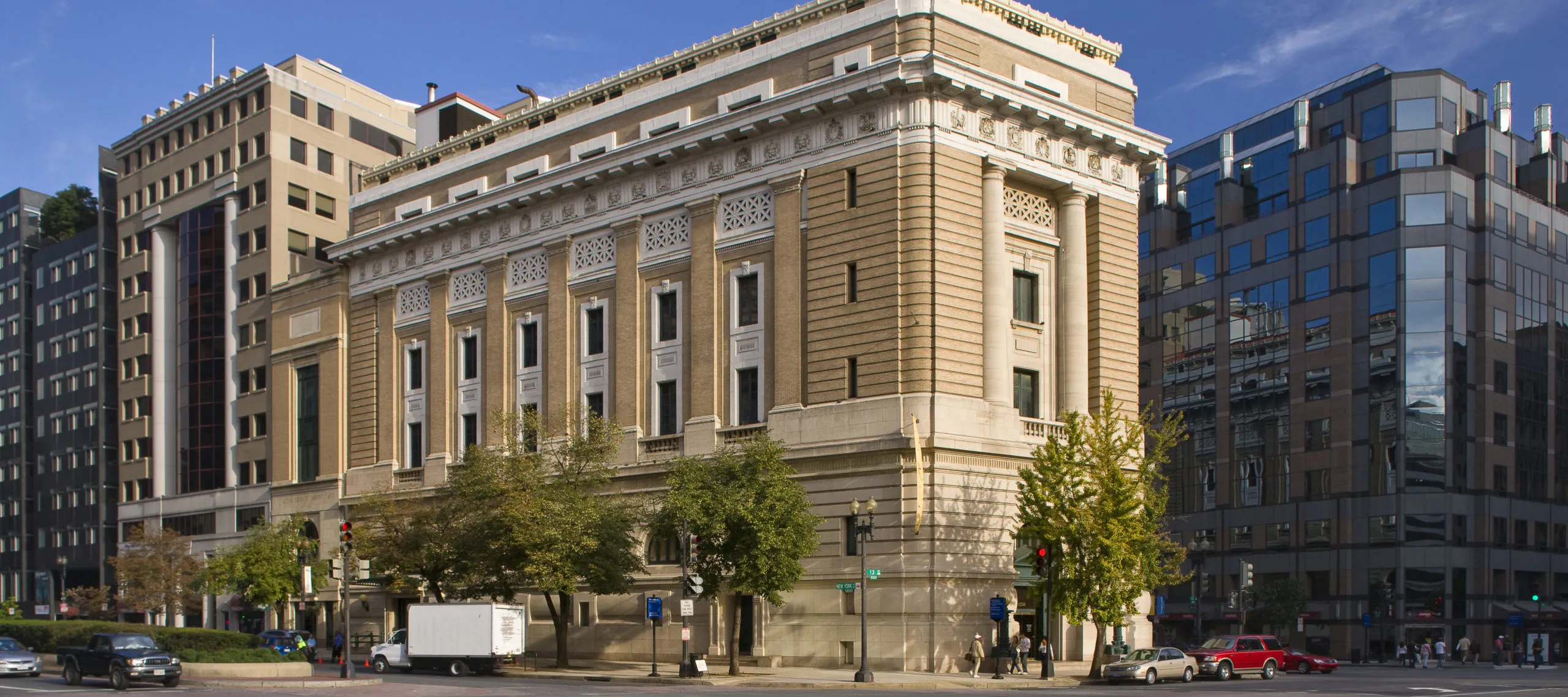In this series of blog posts, NMWA Curator of Book Arts Krystyna Wasserman recounts a recent trip to Europe: The focus of a journey could be the exploration of a new territory or a spiritual journey in search of internal peace. It could also be the need to assuage one’s desire for friendship, love, or adventure or, simply, finding an inspiration for creative work. My trip to Germany and Italy in September 2011 was focused on viewing works created by women, on meeting artists, particularly book artists, and on cultivating old friendships.
Part IV: Rome
Franca Zoccoli, an art critic and art historian who has been NMWA’s friend and supporter for many years, invited me to visit her in Rome. In 1999, she came to Washington to see the museum and to deliver a lecture on contemporary Italian women artists. Her special interests include American art and Italian women futurists, and she has written and published books on both subjects. Her recent volume, Le Futuriste Italiane nelle Arti Visivi (2008), co-authored with Mirella Bentivoglio, met with enormous acclaim in Italy, receiving rave reviews. Franca knows everything and more that a visitor might wish to learn about art and the city of Rome; she also makes the best lasagna. In her residential neighborhood, Parioli, we wandered on Sunday morning around the large park known as Parco di Villa Glori, watching graceful amazons and children riding horses and ponies. The park celebrates the memory of the Italian heroes who died for their country. We also explored the new Parco della Musica, designed by Renzo Piano, where the neighborhood people listen to music in three large concert halls and watch plays in the Roman-inspired outdoor theater. And we visited museums I had never seen before, MACRO and MAXXI.
The Museum of Contemporary Art of Rome (MACRO) opened in 2002 in a transformed former Peroni beer factory. MACRO collects and presents Italian art since the 1960s. An exhibition of Bice Lazzari: L’Equilibri dello Spazio (The Balance of Space) was one of the major exhibitions on view in September 2011. Thanks to Franca Zoccoli’s friendship with the artist’s family, a painting by Bice Lazzari (1900–1981) Misure Doppio Ritmo (1967) was given to NMWA. The exhibition is part of the project known as MACRO Roots of Contemporary Art, designed to introduce to a new generation of museum-goers some important artists whose work and activity laid down the foundations of contemporary art in Rome. The installation includes Lazzari’s paintings and drawings, in addition to sketchbooks, photographs, documents, and additional works stored in cabinet drawers that visitors can pull out and study in depth. Lazzari’s work, described as “harmonious signs suspended in space combining lyricism and expressiveness with rational inquiry” was strongly influenced by poetry and music. The artist was part of the European avant-garde of the ’20s and ’30s. She has been credited as one of the precursors of Minimalism in Italy.
The newest museum in Rome, the beautiful National Museum of XXI Century Arts, known as MAXXI, which was designed by Iraq-born star of international architecture Zaha Hadid, opened in May 2010. Hadid won the Pritzker Architecture Prize in 2004, the first woman so honored, and the Stirling Prize in 2010 for the best new European building, the Evelyn Grace Academy in South London (U.K.), a concrete-and-glass structure housing a secondary school in an underprivileged part of London. Presently, Hadid is engaged in designing the Eli and Edy Broad Art Museum at Michigan State University in East Lansing, scheduled to open on April 21, 2012.
MAXXI is an extraordinary building. Its fluid and sinuous design is reminiscent of the flow of a river, which reflects Hadid’s intention to create “a fluid construct comprising a series of streams, converging, overlapping, then changing course.” As one explores the museum, the winding paths and ramps of the building and the open exhibition areas feel more like a walk along the river than perusing traditionally enclosed gallery spaces. MAXXI took an industrial area occupied by a set of military barracks and transformed it into a new arts district. The plaza leading to the museum has become a neighborhood playground. Children play in sandboxes and climb artificial hills. In the heat of the summer they look for shade under the petals of the large red glass flowers, illuminated at night (see photo). The pavement of the plaza is covered with paths of colorful drawings and paintings by an artist from India. People from the neighborhood sit on the stone benches, chatting, reading, and drinking lemonade. MAXXI Plaza on that late summer night remains in my memory as the most community-oriented museum space I have ever seen in any city.
The Foundation MAXXI, sponsored by the Italian Government, is made up of two parts, one devoted to the visual arts and the other to architecture (MAXXI Architettura and MAXXI Arte). MAXXI Architettura recently collaborated with the Museum of Modern Art PS1 in New York on the Young Architect Program (YAP), which features the work of talented young architects from all over the world through a competitive process. The outdoor projects of both MAXXI and MoMA PS1 often are designed by the winners of the competition. MAXXI ARTE includes more than 300 works by international artists, which are displayed on rotation together with temporary exhibitions focused on leading contemporary masters. Sol LeWitt (1928–2007) an American conceptual artist known for simple geometric sculptures and wall drawings, has been prominently featured among them.

